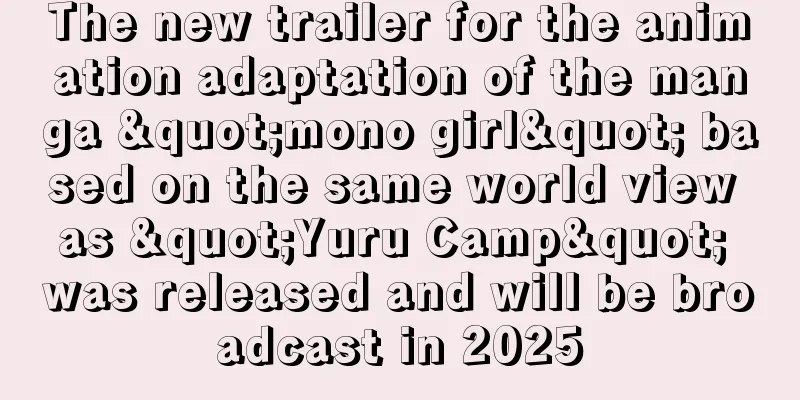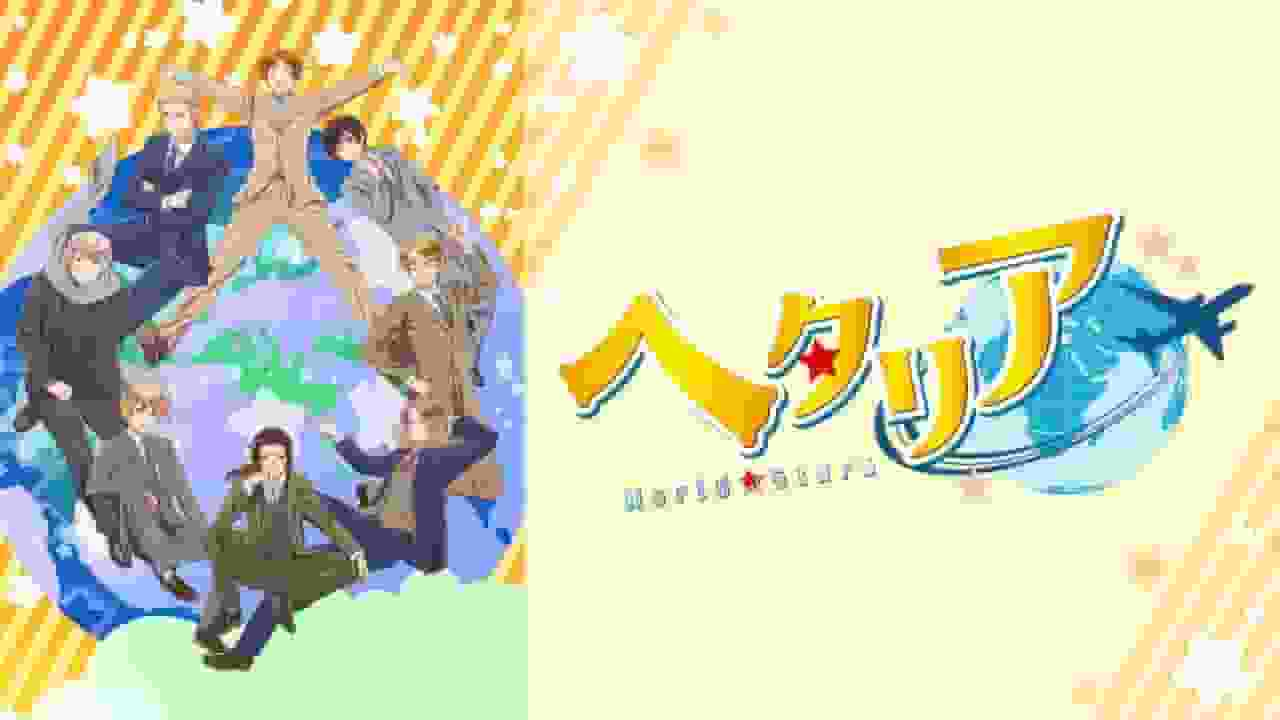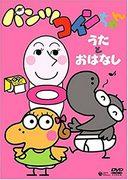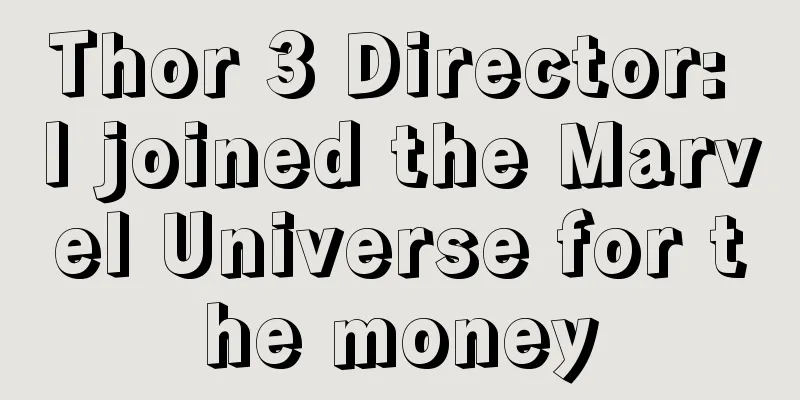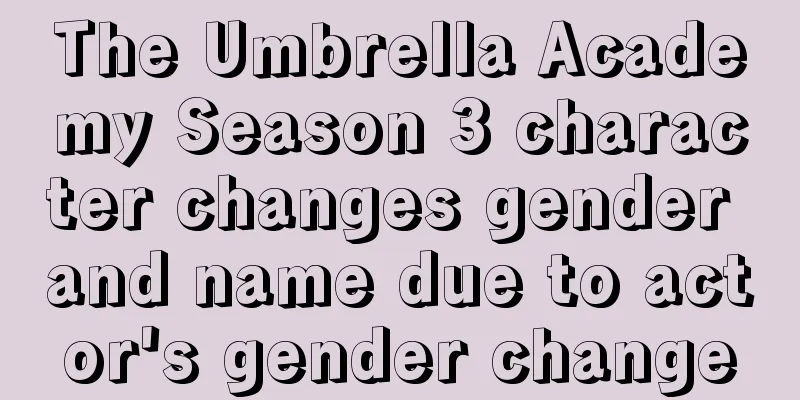The appeal and evaluation of Gegege no Kitaro's first season (60's): A look back at nostalgic horror anime
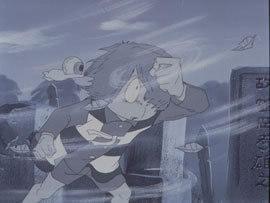
Gegege no Kitaro (1968 version) - An invitation to the world of monstersGegege no Kitaro, which began airing in 1968, is a TV anime series based on the manga of the same name by Shigeru Mizuki, and is a work that has made its mark in the history of Japanese TV anime. This work has made the unique Japanese culture of yokai widely known around the world, and has become beloved not only by children but also adults. Here, we will take a detailed look at the appeal and influence of the 1968 version of Gegege no Kitaro. OverviewA total of 65 episodes of GeGeGe no Kitaro were broadcast on Fuji TV from January 3, 1968 to March 30, 1969. The broadcast times were every Wednesday from 6:15 to 6:45 p.m. from January 3 to March 27, 1968, and every Sunday from 6:30 to 7:00 p.m. from April 7 to March 30, 1969. Animation was produced by Toei Animation (known as Toei Doga at the time), and the original work was Shigeru Mizuki's GeGeGe no Kitaro series. This work tells the story of Kitaro, the last boy of the ghost tribe, who answers people's cries for help sent to the Yokai Postbox, defeating evil yokai and solving cases. Kitaro is depicted as having strong supernatural powers and a good heart, solving cases secretly without seeking money or fame, and then leaving. There are also scenes where he sometimes punishes not only yokai, but also arrogant humans who have forgotten their fear. Background and influences"GeGeGe no Kitaro" is based on "Hakaba no Kitaro" which was originally serialized in "Weekly Shonen Magazine". When it was made into an anime, the character "Hakaba" in the title was changed to "GeGeGe". It is said that this was to make the name more familiar to children. This series features fascinating depictions of the monsters that appear every week, and it sparked a boom in monsters. It boasts enduring popularity, with five remakes being made between 2011 and 2018, and the theme song was also a huge hit, and has become so integrated into the series that an arrangement of the same theme song is always used in remakes. Main CharactersKitaro is the last surviving member of the ghost tribe, and fights using his hair-like Chanchanko and remote-controlled geta as weapons. His friend, Nezumi-Otoko, is a half-demon, half-human man who calls himself Kitaro's friend, but he is cunning and only thinks about making money. Kitaro's father has the appearance of an eyeball and has a wealth of knowledge about monsters. Episodes and subtitlesThe 65 episodes in total depict the battles with various monsters and the resolution of various cases. Starting with the first episode, "Ghost Night Game," through to the 65th episode, "Monster Defense," a different monster appears in each episode, and Kitaro and his friends struggle to overcome them. Episodes such as "The Great Monster War" and "Vampire Elite" in particular left a strong impression on viewers. Cast and crewThe role of Kitaro was played by Masako Nozawa, the role of Ratman by Norio Otsuka, and the role of the father by Isamu Tanonaka. The staff included many talented individuals, including the original author Shigeru Mizuki, the planners Iwao Sasatani, Yu Saito, and Katsuyuki Onuma, the producer Sadamitsu Matsumoto, the directors Masao Kuroda, Shizuo Murayama, and Tokushige Shirane, the scriptwriters Susumu Takaku, Michio Suzuki, and Motonari Iwai, and the art directors Hideo Chiba and Makoto Yamazaki. The music was composed by Izumi Taku, who also composed the theme song. Theme songs and musicThe opening themes are "Kitaro of the Graveyard" and "GeGeGe no Kitaro", both with lyrics by Shigeru Mizuki and music by Izumi Taku. "Kitaro of the Graveyard" was performed by Kazuo Kumakura, and "GeGeGe no Kitaro" by Midori Kato. The ending themes are "Karankoron no Uta" and "Kitaro Nainai Ondo", also with lyrics by Shigeru Mizuki, music by Izumi Taku, and music by Midori Kato and Kazuo Kumakura. These songs are important elements in creating the atmosphere of the work. Related TitlesGegege no Kitaro has been remade many times since then, with the second through fifth installments produced. Each remake has updated the story and characters to suit the historical background and audience needs, while still retaining the spirit of the original. These remakes continue to be loved by many fans. Evaluation and influence of the work"GeGeGe no Kitaro" not only made the uniquely Japanese culture of yokai widely known, but also played an educational role in teaching children courage and a sense of justice. Furthermore, the relationship between humans and yokai depicted in the work deeply moved and inspired viewers. It also sparked a yokai boom, giving rise to many related products and events, and had an impact that could be called a social phenomenon. Even now, more than half a century after it was first broadcast, the appeal and influence of this work has not faded and it continues to be loved by many people. The story of Kitaro's adventures and growth will be passed down through generations and will continue to inspire viewers in the future. Recommendations and how to watch"GeGeGe no Kitaro" is a work that can be enjoyed by both children and adults, and is highly recommended for those who are interested in yokai and traditional Japanese culture. The 1968 version is available on DVD and streaming services. Also, by watching the remakes, you will be able to gain a deeper understanding of the world of Kitaro. This work is not just entertainment, but also a great opportunity to learn about Japanese culture and history. Through Kitaro's adventures, viewers are drawn into the world of monsters, are moved by the human drama depicted there, and can learn about courage and a sense of justice. Please watch this wonderful work and experience its charm for yourself. |
>>: A strange, strange star country: A look into the unique world view and charm of the characters
Recommend
Spider-Man: Across the Universe will be released nationwide on June 2. Miles defies fate and fights against Spider-Man across the universe
Spider-Man: Into the Universe, the sequel to Spid...
The appeal and reviews of "Haiyore! Nyaruko-san": A fusion of Cthulhu Mythos and comedy
"Haiyore! Nyaruko-san" - A unique work ...
The monster let my grandpa go! The live-action movie of "Calabash Brothers 2" is approved
Recently, the National Film Administration announ...
"Super Mario Bros. Movie" surpasses 10 billion yen at the Japanese box office
The latest box office information of "Super ...
The appeal and evaluation of "Gauche the Cellist": moving music and story
Gauche the Cellist - A Shadow-Picture Drawing of ...
"The New Mutants" IGN 7 points: It feels like a bad movie but it's actually pretty good
The Marvel superhero thriller "The New Mutan...
HBO's 'House of the Dragon' season finale premiered with 9 million viewers
There's no doubt that Game of Thrones means a...
A thorough analysis of the touching story of the movie "Kamiusagi Rope" as it approaches the last day of summer vacation!
A comprehensive review and recommendation of the ...
The appeal and evaluation of the OVA "Disappearance of Yuki Nagato-chan"
The appeal of the OVA "Disappearance of Yuki...
The animated film "Deep Sea" is scheduled to be released on the first day of the Chinese New Year. The "Deeper than the Sea" version poster is released
The Chinese animated film "Deep Sea" re...
The appeal and evaluation of GJ-bu: New possibilities for slice-of-life anime
All-round evaluation and recommendation of GJ Clu...
Disney's "Tron: Legacy" sequel confirms former Joker Leto as the lead actor
According to foreign media reports, Disney's ...
Urashima of the Showa Era: The Appeal and Evaluation of Anime Depicting a Nostalgic Era
Showa no Urashima ■ Public Media others ■ Origina...
The Witcher TV series season 2 directors announced
The second season of Netflix's "The Witc...
Battle Fighters Garou Densetsu 2 review: The perfect blend of action and story
Battle Fighters Garou Densetsu 2 - Deep Darkness ...
